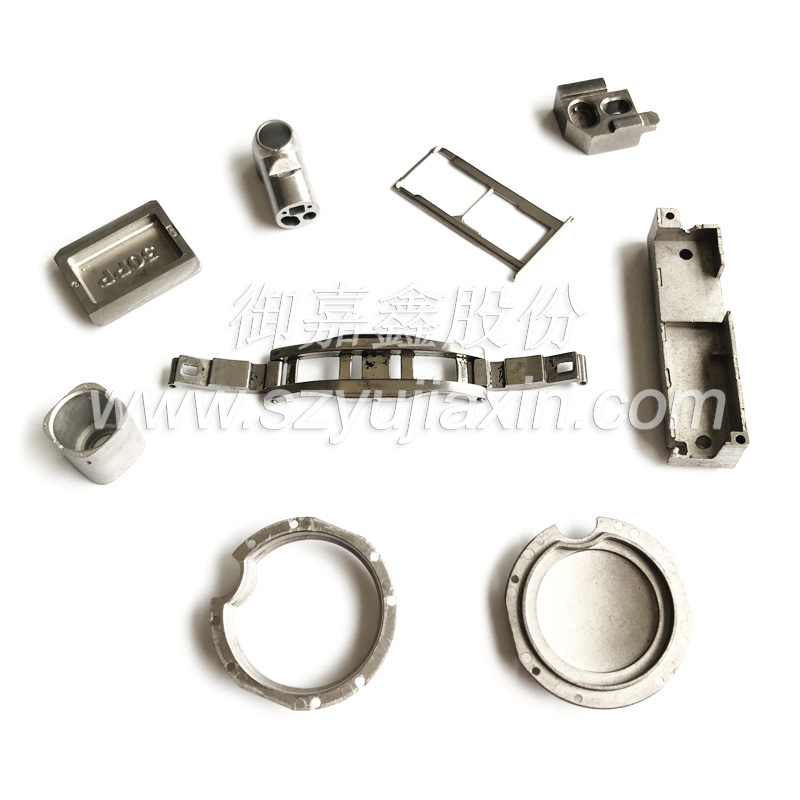
Surface treatment is a process method of artificially forming a surface layer on the surface of a substrate material that has different mechanical, physical, and chemical properties from the substrate. The purpose of surface treatment is to meet the corrosion resistance, wear resistance, decorative or other special functional requirements of the product. MIM parts generally require various surface treatments to achieve better corrosion resistance, wear resistance, conductivity, and high-quality surfaces. Introduction to MIM manufacturing and post-processing, please click to view → One article to understand MIM metal powder injection process! Feed millions of people and impact billions of mobile phone users!
Below are six common surface treatment processes:
1、
Polishing treatment
Polishing refers to the process of using mechanical, chemical, or electrochemical forces to reduce the surface roughness of a workpiece, in order to obtain a bright and flat surface.
2、
Electroplating treatment
Electroplating is a process that uses electrolysis to attach a layer of metal film to the surface of metal or other materials. Electroplating can prevent metal oxidation (such as rust), improve wear resistance, conductivity, reflectivity, corrosion resistance (such as copper sulfate), and enhance aesthetics.
MIM components are placed on the cathode, and metal ions receive electrons attached to the surface of MIM components. Generally, copper, zinc, and other coatings are more common.
3、
PVD treatment
PVD refers to the process of transferring atoms or molecules from a source to the surface of a substrate through physical processes. Its function is to spray certain particles with special properties (high strength, wear resistance, heat dissipation, corrosion resistance, etc.) onto the lower performance matrix, making the matrix have better performance.
The workpiece is placed in a sealed space filled with inert gas, and metal ions are splashed onto the surface of the workpiece under high pressure, forming a layer of metal film. The basic methods of PVD include vacuum evaporation, sputtering, and ion plating.
4、
Blackening treatment
Blackening is a common method of chemical surface treatment, which involves creating an oxide film on the metal surface to isolate air and achieve rust prevention. When the appearance requirements are not high, blackening treatment can be used. The main components of blackening solution are sodium hydroxide and sodium nitrite.
5、 Phosphating treatment
Phosphatization is a process of chemical and electrochemical reactions to form a phosphate film. The main purpose of phosphating is to:
1) Provide protection to the base metal to prevent corrosion to a certain extent;
2) Used as a primer before painting to improve the adhesion and corrosion resistance of the paint film layer.
6、 Spray coating treatment
Spray coating is a coating method that uses a spray gun or disc atomizer, with the help of pressure or centrifugal force, to disperse into uniform and fine droplets, and apply them to the surface of the coated object. Please click to view: A picture to understand the 5-spray and 5-bake process of the nano injection molded shell of a mobile phone!
In general, phosphating and polishing are mainly pre-treatment to prepare for other post-treatments; Electroplating and PVD are two commonly used treatment technologies; Blackening and spraying can cause significant changes to the surface of the product, making it more suitable for large workpieces.
